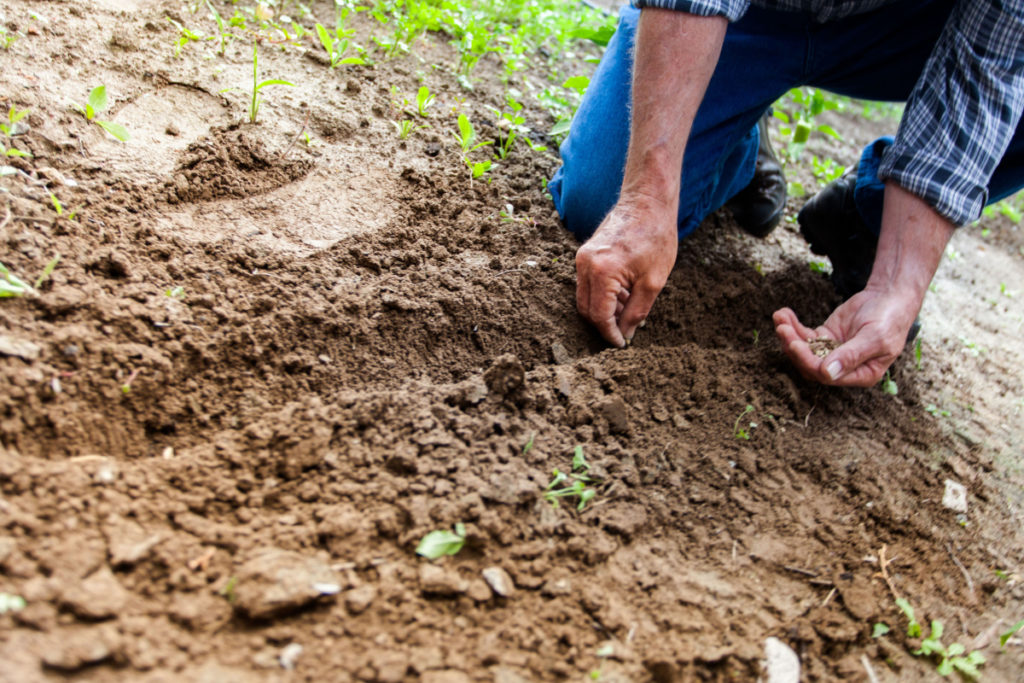
A new project in the Burnett Mary Catchment that combines traditional practices with modern carbon farming is set to receive $340,000 thanks to the Palaszczuk Government’s $500 million Land Restoration Fund.
Minister for Environment and the Great Barrier Reef Leeanne Enoch said the Gidarjil Development Corporation is one of six projects that will share in more than $4 million under the Catalysing Action Grants program.
“Carbon farming is an emerging industry that has real opportunity to grow in Queensland and create new jobs and revenue for regional communities,” Ms Enoch said.
“This funding will be to trial the ‘Tradition meets Innovation – Gidarjil Development Corporation Carbon Project Alliance’ a collective project that uses traditional mosaic and fire-stick farming practices to control non-native plant species.
“First Nations Peoples have thousands of generations of knowledge and it is fantastic to see a project that harnesses this knowledge and combines it with today’s carbon farming methods.
Ms Enoch said regrowing native vegetation would stabilise and improve the soil, reducing the amount of sediment that makes its way to the Great Barrier Reef.
“These grants provide funding to support ‘on-ground’ projects that demonstrate the delivery of carbon farming activities alongside measurable environmental, social and economic co-benefits,” she said.
“We want to see more graziers participating in carbon farming.”
Dr Kerry Blackman, CEO of the Gidarjil Development Corporation, said the project involved the re-employment of traditional fire-stick burning as a proven modern management tool for carbon farming.
“We’re developing protocols that can guide the incorporation of Indigenous knowledge into fire management and carbon abatement planning nationally,” said Dr Blackman.
“This can be applied very effectively on public freehold land, national parks and public reserves, as well as larger pastoral land.”
Other projects funded as part of this program include wetland restoration near Innisfail, rainforest restoration on the Atherton Tablelands and new carbon farming methods.
Visit www.qld.gov.au/landrestorationfund for more information.
- Related stories: BMRG releases Gully Erosion Guide




